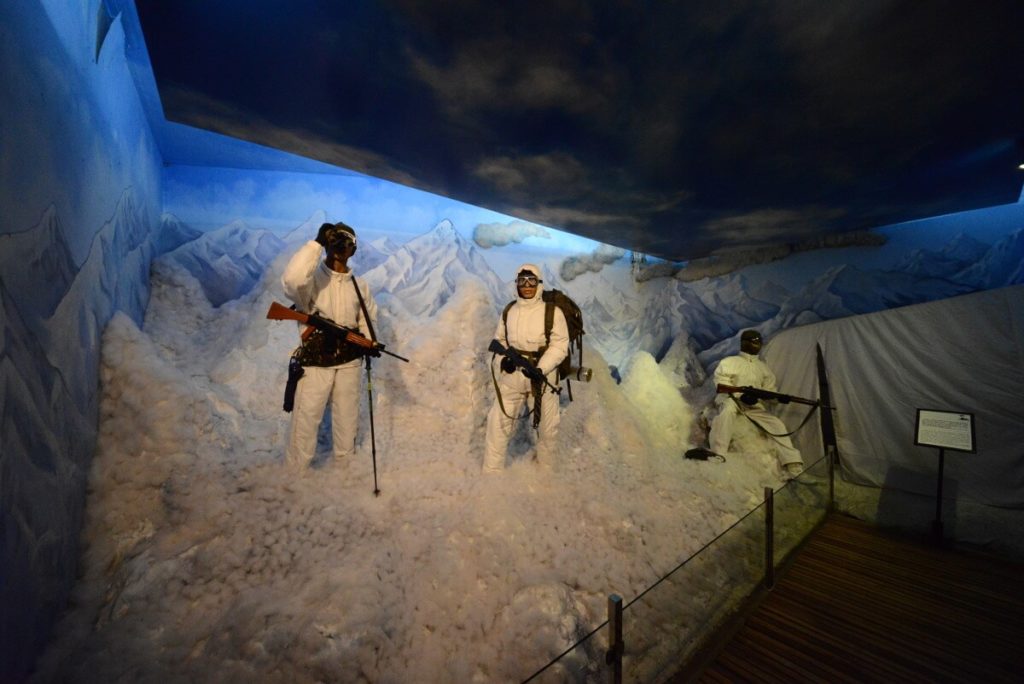Museums of Bhopal
Bhopal is one of the most visited tourist sites of Madhya Pradesh which is home to prized collections of sculptures and antiques from far and wide. The remains of the ancient time of the Nawab Era is displayed in museums, havelis and majestic mosques. The antiquities preserved in these museums set it apart from the other museums in the country.
1. Birla Museum: The Birla Museum situated near the Birla Temple or Laxmi Narayan Temple is an archaeological museum which has a wide collection of archaeological materials from Madhya Pradesh. This Museum displays the rich and diverse culture of Madhya Pradesh. It puts on view many objects from the ancient time onwards ranging from the 7th to 13th centuries. There is a beautiful model of Bhimbetka rock shelter that will make the bystander awestruck. This Museum has been constructed has been constructed keeping in mind the need to make the world aware of the cultural heritage of Madhya Pradesh.
The Birla Museum is open all days, except on Mondays from 9:00 am to 5:00 pm.
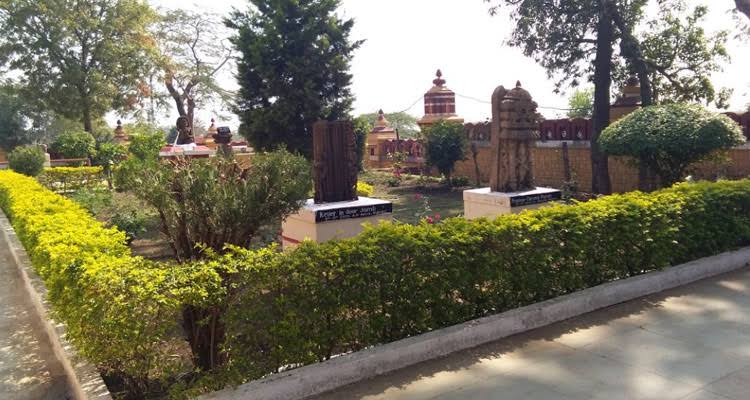
2. Indira Gandhi Rashtriya Manav Sanghralaya (National Museum of Mankind): Indira Gandhi Rashtriya Manav Sangrahalaya (IGRMS) or National Museum of Mankind is an anthropology museum located in Bhopal which presents an integrated story of the evolution of man and culture with special reference to India. It spreads over an area of about 200 acres on the Shyamla Hills and offers a panoramic view of the Upper Lake. The innovative aspects of the Museum are its vast open-air exhibitions (Tribal Habitat, Coastal Village, Desert Village, Himalayan Village, Rock Art Heritage, Cosmology and a narrative trail of plants of medicinal and sacred importance) and supplementary indoor exhibitions. The exhibitions that are held at the museum offer a deep insight into the rich cultural heritage of India and showcase the variety of art and architecture that existed in ancient India.
The National Museum of Mankind is open all days, except on Mondays from 11:00 am to 6:30 pm (between March-August) and 10:00 am to 5:30 pm (between September- February).
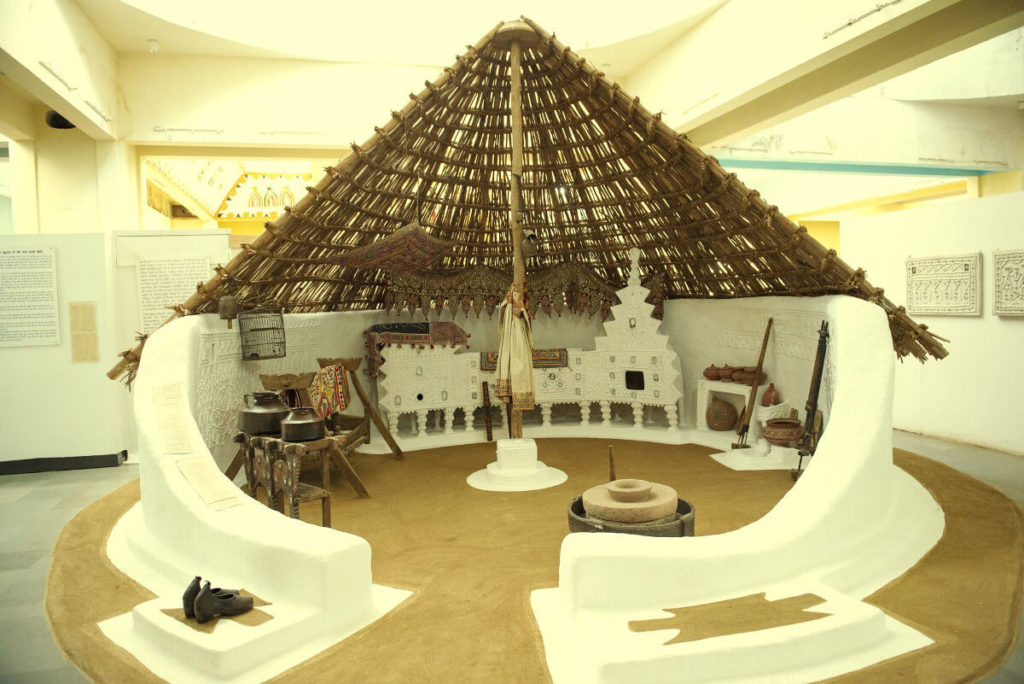
3. Regional Museum of Natural History: The Regional Museum of Natural History is devoted to promoting non-formal environmental education and conservation awareness among people through various in-house and outreach activities. This Museum boasts of an envious collection of artefacts including sculptures that come from different parts of the country. A tour of the museum reveals gems such as the statues of Buddha and Lakshmi, pictures of the Hindu trinity Gods – Brahma, Vishnu and Mahesh, an impressive image of Shiva with Parvathi, 12th-century Jain sculptures and carvings of Khajuraho couples and much more. The place is a must visit as the museum can teach people plenty about the rich history of the country.
The Regional Museum of Natural History is open all days, except Mondays from 10:00 am to 6:00 pm.
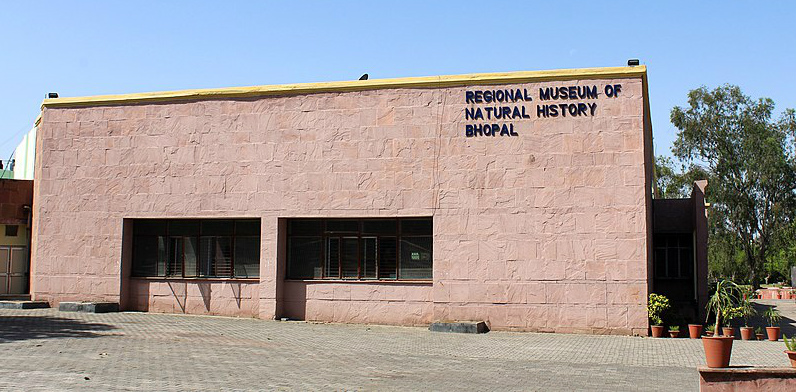
4. REGIONAL SCIENCE CENTRE
Regional Science Centre Bhopal was opened on 12th January 1995 under the Ministry of Culture, Govt. of India, engaged in popularising Science and Technology amongst students in particular and the masses in general, through a wide range of activities and interactive programs. The Centre provides more than 266 science exhibits that are differently ranged depending on their scientific types. Many of these models are interactive to make the students interested in the workings of the model. Housed inside the five-acre campus is a Science Park of around 3 acres. The Park has over 60 science models including a windmill and also showcases the workings of a pulley using various mechanisms.
The Regional Science Centre is open on all days from 10:30 am to 6:00 pm.
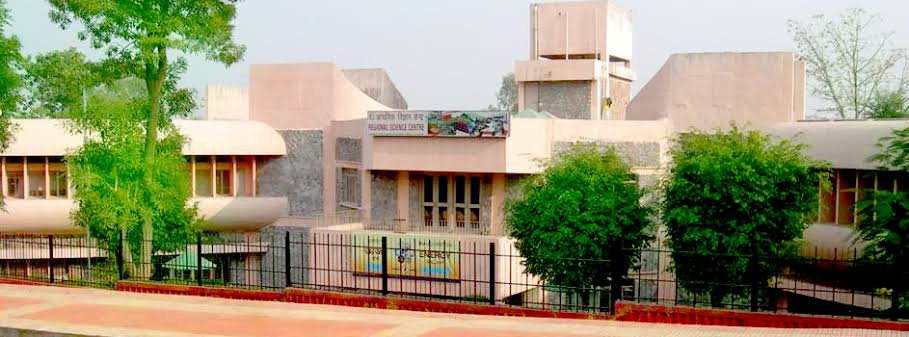
5. NATIONAL TELECOM MUSEUM
National Telecom Museum was inaugurated on 18 August, 1995 and is located at Arera Telephone Exchange, Bhopal. The National Telecom Museum is full of unique collection of telecom equipment, books, documents, photographs and other related material showcasing the development of telecoms in India since 1835 when the first Morse telegraph line was established between Calcutta and Diamond Harbour. Some unique exhibits are:
1) Heiten Galvanometer used for Morse Telegraph link between Calcutta and Diamond Harbour.
2) Red sandstone pillars used to erect India’s first long distance telegraph line between Calcutta and Agra in 1851 over a distance of about 1000 miles.
3) Various types of Morse keys, sounders, teleprinters of various types and models.
4) Radio telegraph equipment used during World War I.
5) A 900 kg bronze gong of the clock tower of Simla Telegraph Office, an 1880 vintage.
The National Telecom Museum is open from 9:30 am to 5:00 pm on all days, except weekends.
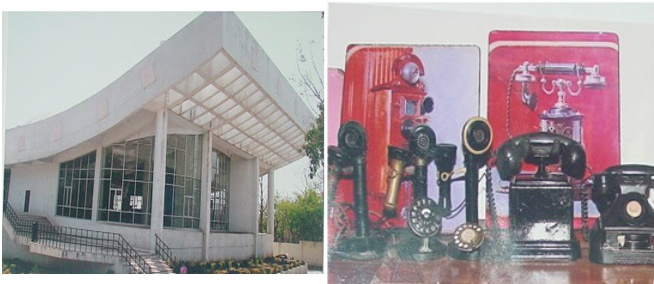
6. STATE MUSEUM
State Museum of Bhopal was established in the year 1909 and was shifted to a new building at Shyamla hills, near the Regional Science Centre in 2005. It is one the most prestigious museums of Madhya Pradesh Government. The museum has 18 different galleries with a rich collection of artworks, costumes, and other items of the Nawabs of Bhopal. It also houses a collection of bronze images, coins, archaeological objects & sculptures of Hindu, Jain & Buddha Pantheons from periods before the 13th century.
The State Museum is open on all days, except Mondays from 10:30 am to 5:30 pm.
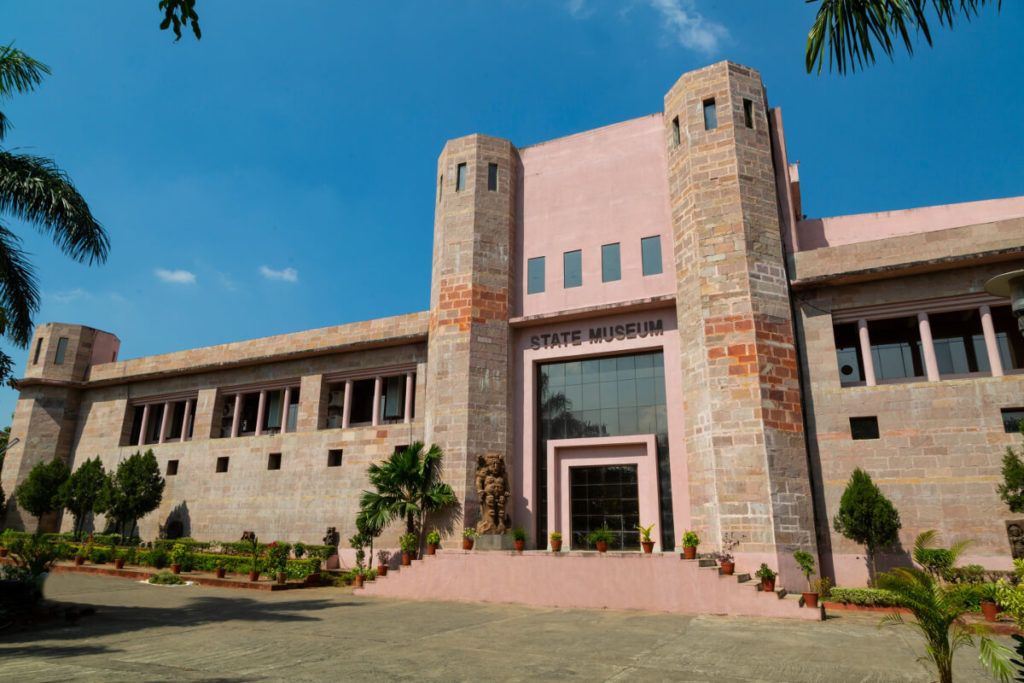
7. TRIBAL MUSEUM
Established in the year 2013, the Tribal Museum has been created with the labours of a thousand tribal artistes arriving in batches, from every part of the state, recasting myth and life in amazing visuals, out of traditional materials like wood, iron, jute, mud, clay, straw, hemp and leaves, as well as canvas, acrylic and glass This Museum is a must visit in Bhopal as it celebrates the ways of life practised by the seven major tribes in the state – the Gond, Bhil, Korku, Baiga, Sahariya, Kol and Bhariya – through their crafts. The theme of the Tribal Museum in Bhopal is tribal life and knowledge of indigenous traditions and aesthetics. The museum displays the art, culture, traditions, customs, artifacts, paintings, and practices of tribes in Madhya Pradesh. The purpose of the museum is to raise awareness about tribal people among the general public.
For more information on the Museum one can visit the MP Tribal Museum Website here
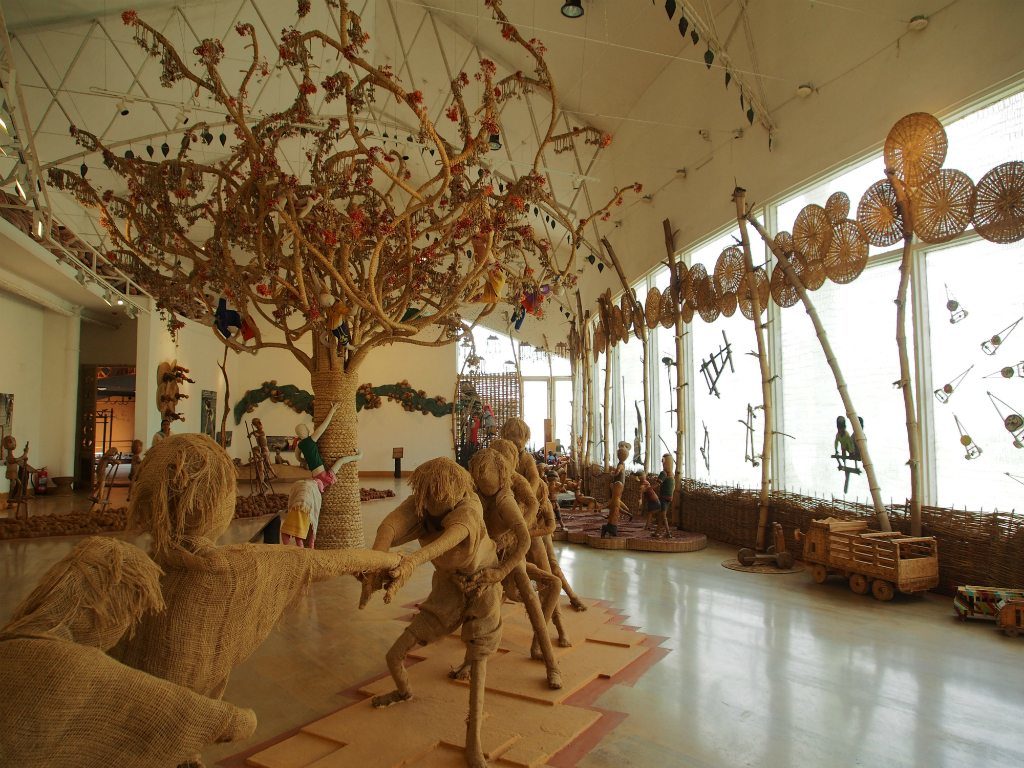
8. GOLGHAR MUSEUM
Golghar was built by Nawab Shah Jahan Begum in 1868- 1901, which has 18 doors and steps in circular part to go up. The shape of the building is completely round. Several precious artifacts like Sher-o-Shayari, letters, etc written by the Nawab are still stored here. This ancient building was famous for entertainment during the Nawab era. Golghar now converted to a museum exhibits the belongings of the Nawabs of Bhopal, a collection of vintage photographs of the heritage buildings and poets that adorn the exterior of the galleries.
The Golghar Museum is open on all days, except Mondays from 10:30 am to 5:30 pm.

9. ROOPANKAR MUSEUM
Roopankar Museum is the only museum of its kind in India which houses contemporary folk and tribal art together with urban art. Its objective is not just a historic collection of works of art, but also creative participation in the art scene emerging in the last decades of the century. There are about 6,000 tribal and folk art objects and nearly 2,500 urban art works in the collection of Roopankar Museum. Several solo and group exhibitions of Indian and foreign artists have been organised by Roopankar. Notable among Its events are the Bharat Bhavan International Print Biennial, started in 1989 and the Bharat Bhavan Biennial of Contemporary Indian Art, started in 1886. Bharat Bhavan is a multi-arts centre that caters to verbal, performing and visual arts and is considered to be the hub of all art-related activities in Bhopal.
The Roopankar Museum is open on all days, except Mondays from 10:30 am to 5:30 pm. For more information one can visit the website here

10. SHAURYA SMARAK
Shaurya Smarak (Sanskrit is a war memorial and museum situated at Bhopal, inaugurated by the Prime Minister of India Narendra Modi on 14 October 2016. Shaurya Smarak is established by government of Madhya Pradesh at Bhopal in the heart area of Arera Hills near M.P. Nagar and Secretariat. Sprawled over a large area of about 12 acres, it is developed as a public park with imaginative and interesting architectural installations depicting the sacrifice of the soldiers. The Shaurya Smarak is mainly a tribute to the Army, but it incorporates the Air Force and Navy as well. The main attraction of the museum is a gallery which allows visitors to experience the cold of Siachen Glacier and understand the terrains of the Siachen war zones. The architecture portrays the themes of life, war, death and victory over death in a style that promises to inspire the feeling of patriotism in the masses.
Shaurya Smarak is open on all days, except Wednesdays from 12:00 pm to 7:00 pm.
